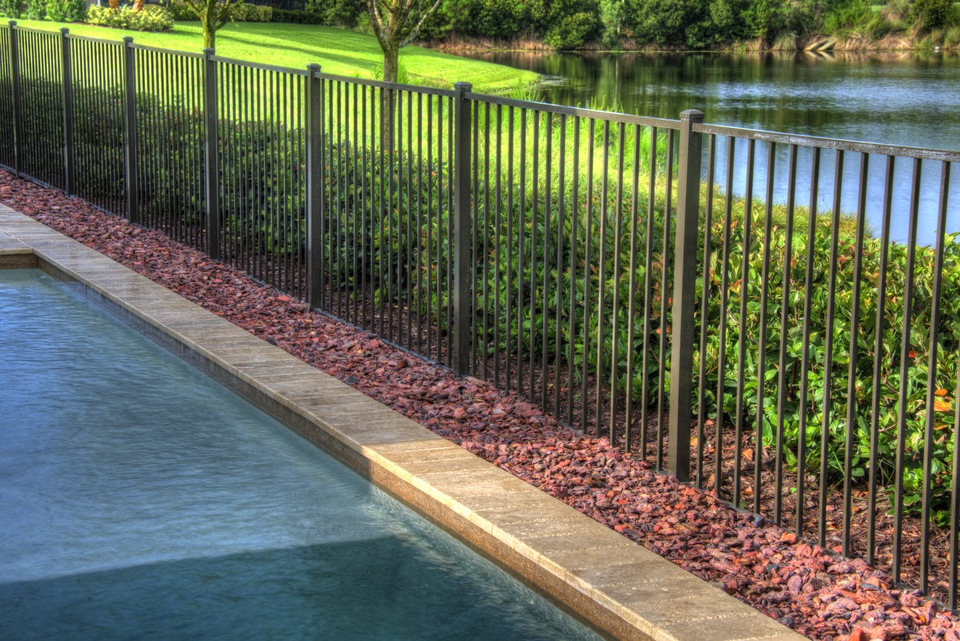Your Daytona Pool: The Color Conundrum
If you have yet to embark on your pool’s design process, there’s one big factor you might not have given much thought to… its color! If you were to ask anyone, even a pool owner, what the color of a specific pool is, they would most likely shrug and say “blue”—but the shade of blue your water takes on can vary from pool to pool, and affect our impressions of a pool in a dramatic way, without us even realizing it!
In today’s blog, we’ll be examining the presence of color in our pools—why they really look blue, and how different materials can produce different shades.
Why is my water blue?
Here lies the age old question—what makes pool water, or any large body of water, for that matter, blue? If you fill a bucket with this same water, you might not be surprised to find that it is, in fact, clear. But in a larger volume, like the volume of your backyard pool or favorite area lake, it takes on a blue look.
We know it’s not because your pool floor is blue—most are white, off-white or some shade of light gray. This color conundrum can actually be explained by water’s selective absorption and scattering of white light; the deeper the water, the bluer it will appear. Certain factors like shade, chemicals or impurities, and even the day’s weather can make water seem richer, darker, more turquoise… the variability is really endless.
So now that we’ve established what makes water blue (and what can make some bodies of water brighter or darker than others), what type of blue is right for your family’s pool?
What shade do I choose?
This may be the question you never thought to ask… but by asking it, you’re putting a lot of thought into something that will truly make your guests go “wow” upon seeing your pool!
First, let’s look at one of the more popular shades of blue for a pool: bright turquoise or cerulean. This is definitely a popular choice because it makes the water look inviting and adds a tropical oasis feel to whatever backyard it occupies. This effect can be accomplished using light, white finishes on your pool’s floor and walls. Our Crystalstone® finishes in stone pearl or sandy beach might work best for this look since they are lighter shades.
Darker finishes (like Caribbean blue) will create a darker, richer blue. We’ve seen this type of blue in many backyard pools, including ones with resort-style waterfalls and natural, rocky landscapes. While the water may not be as bright, the effect is still unique and very aesthetically pleasing—deciding between the two is just a matter of personal taste!
If you’re not completely happy with the apparent color of your pool, there are a few things you can try in place of a total redesign. One easy one is to add or take away shade through the use of plants (potted or planted)—permanent shadows on your pool’s surface can make it look darker than it really is.
Of course, if you’re just looking for a fun, different look once in a while, consider using a uniquely-colored underwater light instead of the traditional white or gold. When you’re entertaining a kids’ party or dinner with friends, a pink pool can be just fun enough to start a conversation… without forcing you to forever sacrifice your pool’s natural blue!

Bookmark & Share
Most Popular Articles
- The 5 Biggest Benefits of an Early Morning Swim
- Four Things to Consider Before Purchasing a Pool
- 4 Questions to Ask Before Choosing Your New Pool
- Fun Pool Safety Tips For Kids
- Swimming Pool Facts to Impress Your Friends
- 5 Pool Accessory Ideas for Summertime Fun
- Fun and Functional Additions for Your Pool
- Why Your Custom Pool Deserves an Enclosure


